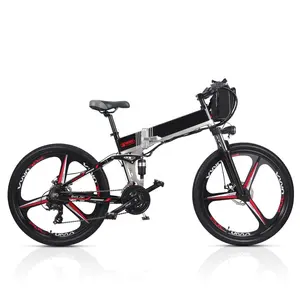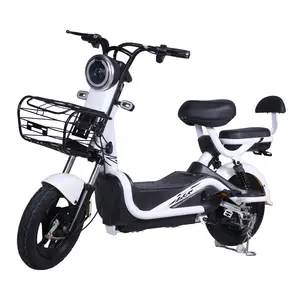In metropolitan areas across the globe, the shift towards two-wheeled commuting is gaining momentum, with e-bikes leading the charge. These electric bicycles are becoming a staple in urban transportation strategies, thanks to their integration of motors, batteries, and control systems. They offer a sustainable and efficient alternative for city dwellers, aligning with the increasing initiatives for bike-friendly infrastructure.
E-bikes are particularly appealing in dense urban environments where traditional vehicular traffic leads to congestion. They provide a swifter means of travel during peak hours, circumventing the gridlock that plagues many cities. The space-saving nature of e-bikes, coupled with their environmental benefits, positions them as a practical solution for the future of urban mobility.
The rise of smart cities has further propelled the adoption of e-bikes. With a focus on sustainable and human-centric technology, urban planners are recognizing the role of e-bikes in enhancing the quality of life. They offer a form of low-impact exercise accessible to a wide demographic, including those who may not typically engage in cycling due to fitness or health constraints.
Moreover, the mental well-being offered by e-biking cannot be overlooked. Riders report a sense of liberation and reduced stress, arriving at their destinations more relaxed compared to the tension associated with car travel. This mode of transport is not just about efficiency; it's about fostering a healthier, more enjoyable lifestyle for urban commuters.




































 浙公网安备 33010002000092号
浙公网安备 33010002000092号 浙B2-20120091-4
浙B2-20120091-4